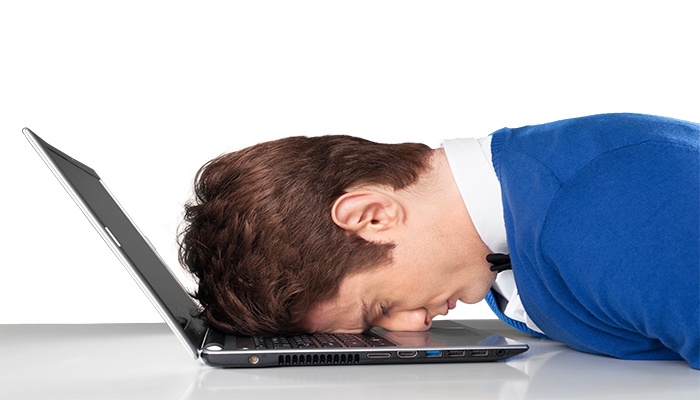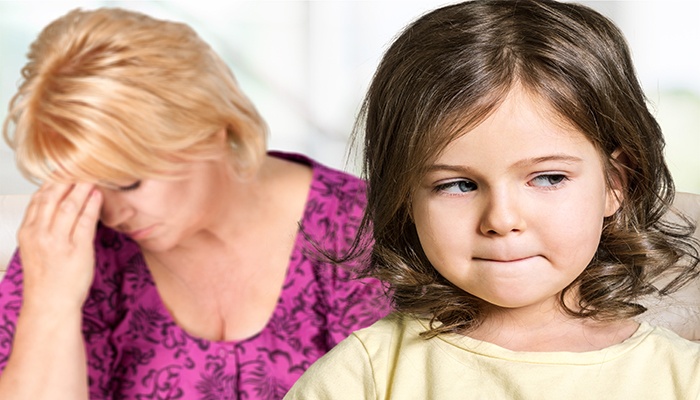Depression is one of the most common mental health disorders globally, affecting over 280 million people, according to the World Health Organization. Despite its prevalence, depression remains misunderstood, often mischaracterized as mere sadness or weakness. In reality, depression is a complex medical condition that significantly impacts how individuals think, feel, and function in daily life. Understanding its causes, symptoms, and treatment options is crucial to breaking the stigma and supporting those affected.
What is Depression?
Depression, clinically known as major depressive disorder (MDD), is a mood disorder characterized by persistent feelings of sadness, hopelessness, and a lack of interest or pleasure in activities once enjoyed. These feelings last for at least two weeks and interfere with daily functioning. Depression can affect anyone, regardless of age, gender, background, or socioeconomic status.
Causes and Risk Factors
Depression is a multifactorial condition, meaning that it arises from a combination of biological, psychological, and social factors.
Biological factors: Imbalances in brain chemicals like serotonin, dopamine, and norepinephrine are linked to depression. Genetics also play a significant role; individuals with a family history of depression are more likely to experience it themselves.
Psychological factors: Negative thinking patterns, low self-esteem, chronic stress, and trauma—especially early-life trauma—can increase susceptibility.
Environmental and social factors: Loneliness, isolation, financial stress, unemployment, and the loss of a loved one can trigger or worsen depressive episodes.
Common Symptoms
Symptoms of depression vary from person to person, but commonly include:
Persistent sadness, anxiety, or “empty” mood
Loss of interest or pleasure in hobbies and activities
Fatigue and decreased energy
Difficulty concentrating, remembering, or making decisions
Insomnia or sleeping too much
Appetite changes—weight loss or gain
Feelings of guilt, worthlessness, or helplessness
Thoughts of death or suicide
In some cases, depression may present with physical symptoms like headaches, digestive problems, and chronic pain, making it harder to diagnose.
Types of Depression
Depression is not a one-size-fits-all diagnosis. Some types include:
Major Depressive Disorder: Characterized by severe symptoms that interfere with daily life.
Persistent Depressive Disorder (Dysthymia): A chronic form of depression lasting two years or more, often with less severe symptoms.
Bipolar Disorder: Involves mood swings that include depressive episodes alternating with manic highs.
Seasonal Affective Disorder (SAD): A type of depression that typically occurs in the winter months due to reduced sunlight.
Postpartum Depression: Affects some women after childbirth, involving severe mood swings, exhaustion, and detachment.
Diagnosis and Treatment
Depression is diagnosed through clinical evaluation, often involving a mental health assessment, physical exams, and questionnaires. Since symptoms can overlap with other conditions, ruling out physical causes (like thyroid issues or vitamin deficiencies) is essential.
Treatment options vary depending on the individual and severity of the depression:
Psychotherapy: Cognitive Behavioral Therapy (CBT), Interpersonal Therapy (IPT), and other talk therapies help individuals identify negative thought patterns and develop coping strategies.
Medications: Antidepressants like SSRIs, SNRIs, and tricyclics help balance brain chemicals. Medication effectiveness varies, and it may take time to find the right one.
Lifestyle changes: Regular exercise, healthy eating, sufficient sleep, and social support play vital roles in managing depression.
Alternative therapies: Mindfulness, yoga, meditation, and acupuncture can offer additional support.
Electroconvulsive Therapy (ECT) and newer interventions like transcranial magnetic stimulation (TMS) may be used in treatment-resistant cases.
The Impact of Stigma
One of the most significant barriers to treatment is stigma. Many people with depression avoid seeking help out of fear of being judged, labeled, or misunderstood. This delay can worsen the condition and increase the risk of suicide. Public education, open conversations, and compassion are critical to reducing stigma and encouraging more people to seek help.
When to Seek Help
If you or someone you know is experiencing symptoms of depression—especially suicidal thoughts—it’s vital to seek help immediately. Talk to a healthcare provider, reach out to a therapist, or contact mental health hotlines in your area. Depression is treatable, and recovery is possible with the right support.
Conclusion
Depression is more than just a low mood—it’s a serious, often debilitating condition that affects millions of lives. Understanding its causes, recognizing the symptoms, and promoting access to treatment are vital steps toward recovery. Most importantly, empathy and support can make a profound difference in the lives of those affected. No one should face depression alone.







